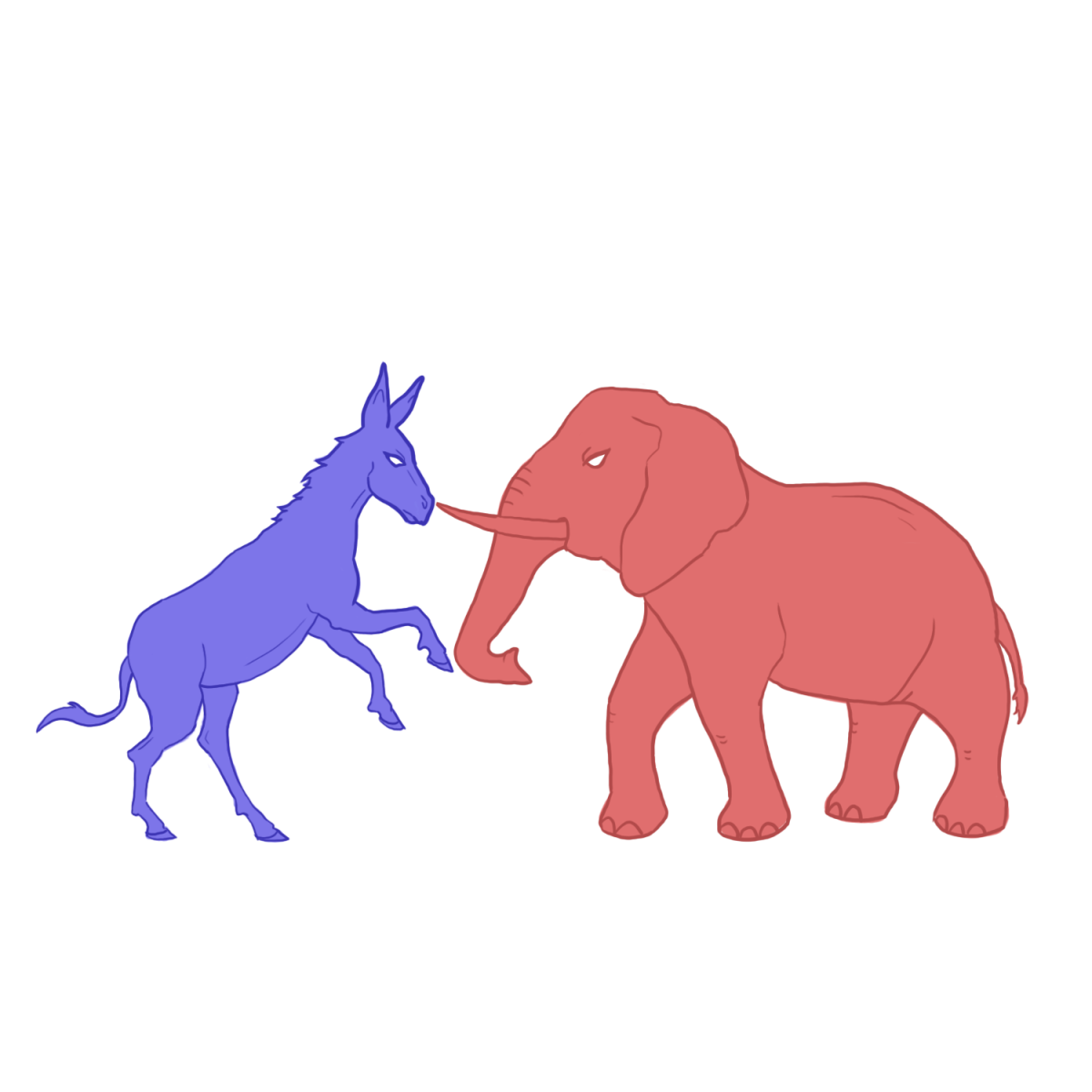Sunday marked the one-year anniversary of the Columbia space shuttle explosion that killed seven astronauts.
NASA spokeswoman Julie Burt said she lost seven members of her family in the Columbia tragedy.
“I had met the whole crew before they went up,” Burt said. “They were very excited about the mission and they all loved each other. It was really an amazing crew and we lost them.”
Columbia disintegrated over Texas on Feb. 1, 2003, upon re-entry into Earth’s atmosphere killing seven astronauts: Kalpana Chawla, Michael Anderson, William McCool, Rick Husband, Laurel Clark, David Brown and Ilan Ramon. The Columbia Accident Investigation Board determined the cause of the accident to be wing damage caused from a piece of broken foam insulation.
“The accident has made us very reflective on everything we do now,” Burt said. “We had a lot to swallow after the board findings. Everything was moving so fast, and this horrible thing caused us to stop and think.”
Burt said the accident was not the fault of just one person, but of many NASA workers.
“It was hard for everyone to realize they had a part in this,” Burt said.
Dr. John Valasek, associate professor of aerospace engineering, said the most tragic aspect about the Columbia tragedy was that it was preventable.
“It was unfortunate that we had in essence repeated what happened in the Challenger in 1986,” Valasek said. “Astronauts know the risks involved every time they go on a mission, but as engineers we must take as many measures as possible to make sure it is a safe mission.”Valesek said NASA must learn from this accident.
“What happens with this accident is not doing anything different, it’s paying more attention and doing a better job,” Valasek said.
Valasek said the Columbia tragedy has not had negative effects on the A&M aerospace engineering program, but has strengthened its resolve to put forth a maximum effort in everything.
Amanda Garcia, a junior business major, said she has kept up with the briefings and press conferences about the tragedy.
“I’ve noticed that the staff at NASA seems like they are being more cautious and trying to watch out,” Garcia said. “They are really trying to forecast what they are doing.”
Christian Vondrehle, a senior psychology major, said he felt connected to the tragedy because he attended space camp as a kid.
“I was astonished, because I didn’t believe something like this would happen,” Vondrehle said. “I think it put a bunch of doubts in people’s minds.”
Chris Mount, a senior civil engineering major, said as sad as the tragedy was, that he hopes NASA will learn from its mistakes, and move forward.
“I do not think we should let this stop our progression into space, because in everything we do there is some risk,” Mount said. “But I think the worst thing we could do is stop space travel.”
Burt said NASA’s progress is evident in the advancements it has made over the year.
“At the beginning of the year, it was so sad because these astronauts trusted us, and we let them down,” Burt said. “But now it doesn’t get more exciting than this, with the Mars mission and Bush’s plan to move forward.”
The astronauts will be honored with a memorial at Arlington National Cemetery today at 2 p.m. according to www.nasa.gov. Although the service is closed to the public, NASA TV will provide live coverage.
“The power of our mission is to carry on,” Burt said. “I think the seven people who perished would want us to do that.”
Effects of tragedy still influence A&M campus
February 2, 2004
0
Donate to The Battalion
$2065
$5000
Contributed
Our Goal
Your donation will support the student journalists of Texas A&M University - College Station. Your contribution will allow us to purchase equipment and cover our annual website hosting costs, in addition to paying freelance staffers for their work, travel costs for coverage and more!
More to Discover









